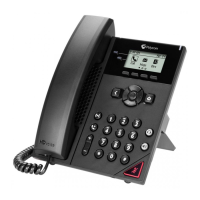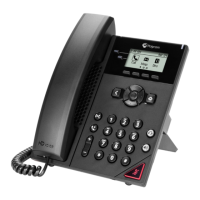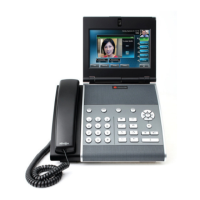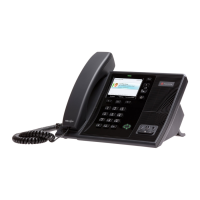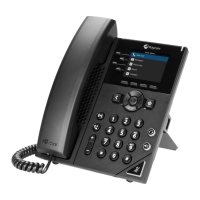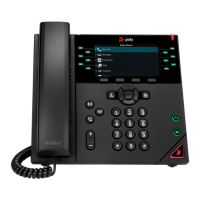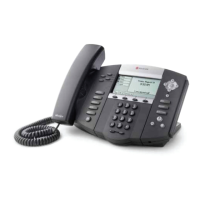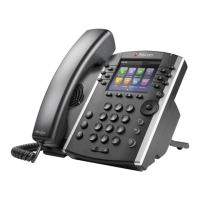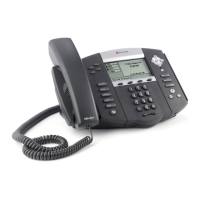Administrator’s Guide Addendum for the Polycom VVX 1500 Business Media Phone
1 - 6
Configuration changes can performed centrally at the boot server:
Digital Picture Frame
A slide show of multiple personal images stored on a USB flash drive can be
displayed on the Polycom VVX 1500 phone during the idle mode. The
supported formats include JPEG, BMP, and PNG. The maximum image size is
9999x9999. A maximum of 1000 images can be displayed and these must be
stored in a directory of the USB flash drive that you create.
Configuration changes can be performed centrally at the boot server:
G.729AB G729 RFC 1890 8 Kbps 8 Ksps 10ms - 80ms 3.5KHz
Lin16 L16/8000
L16/16000
L16/32000
L16/44100
L16/48000
RFC 1890 128 Kbps
256 Kbps
512 Kbps
705.6 Kbps
768 Kbps
8 Ksps
16 Ksps
32 Ksps
44.1 Ksps
48 Ksps
10ms 4 KHz
8 KHz
16 KHz
22.05 KHz
24 KHz
Siren14 SIREN14/
16000
SIREN14 24 Kbps
32 Kbps
48 Kbps
32 Ksps 20ms - 80ms 14 KHz
Note
The network bandwidth necessary to send the encoded voice is typically 5-10%
(confirm number) higher than the encoded bit rate due to packetization overhead.
For example, a G.722.1C call at 48kbps consumes 5x kbps of network bandwidth.
Algorithm MIME Type Ref. Bit Rate
Sample
Rate Frame Size
Effective
audio
bandwidth
Central
(boot server)
Configuration file:
sip.cfg
Specify codec priority, preferred payload sizes, and jitter buffer tuning
parameters.
• For more information, refer to Codec Preferences <codecPref/>
on page 1-17 and Codec Profiles <audioProfile/> on page 1-18.
Note
Although 9999x9999 images are supported, progressive/multiscan JPEG images
are not supported at this time no matter their resolution.
Central
(boot server)
Configuration file:
sip.cfg
Turn this feature on or off and configure how it appears.
• For more information, refer to Feature <feature/> on page 1-22
• For more information, refer to User Preferences <up/> on page
1-24.

